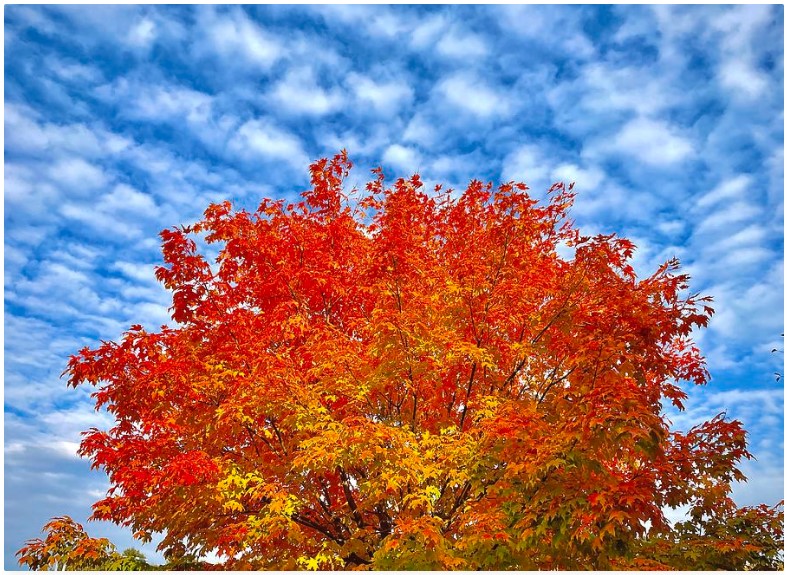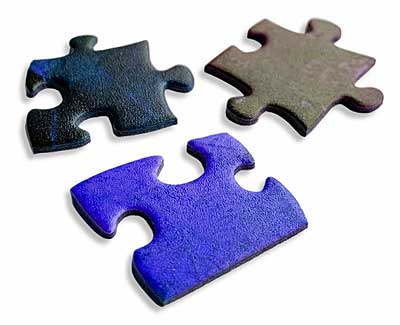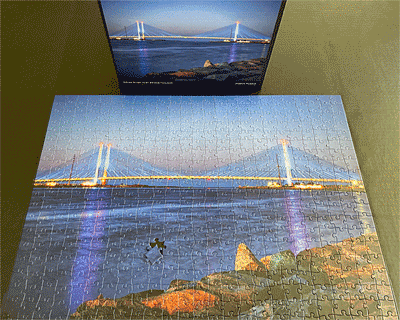Are you perhaps a dissectologist? Many people are and don’t know it.
Do you like working jigsaws or have you considered giving them as gifts? If you like working/solving jigsaws then you are considered to be a dissectologist, a person who enjoys jigsaw puzzle assembly.
With that definition in mind you may be a person who enjoys the most challenging puzzles. What do you think of Autumn Scenes with many leaves, limbs and different colors? Challenging enough for you?
The above photograph is challenging because of the expanse of sky with “popcorn” cumulus clouds. Those tufts of cotton balls are of various shapes, sizes and positions – yet the puzzle pieces will likely appear similar. How about those leaves in orange, res-orange- and yellow? Just imagine that combination on your new puzzle with either 500 or 1000 pieces.
The first example is more “just one tree” and not so much a landscape scene. Take a look at the image below, Autumn at Coursed Pond in Frederica, Delaware. This has been one of Bill Swartwout Photography’s most popular autumn scenes because it rivals the New England Fall Foliage that people seem to rave about.
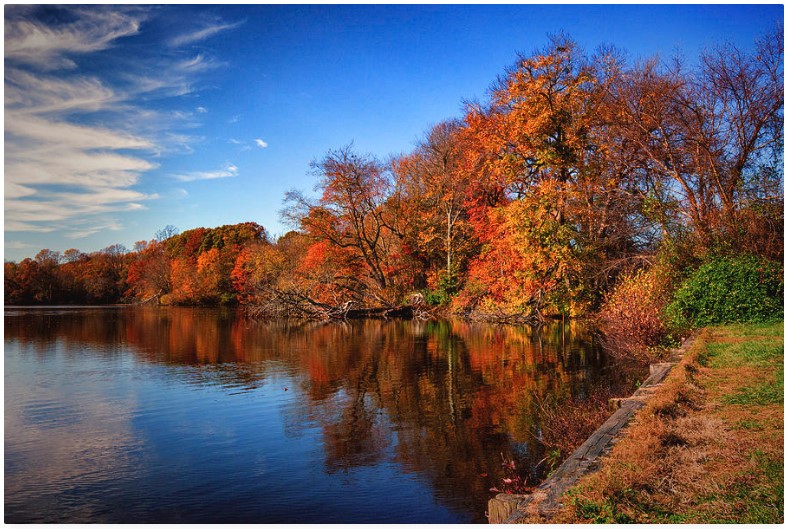
This spectacular autumn scene with colorful foliage reflected in the peaceful waters of the pond. Note that the pond also picks up some of the colors of the sky and well as mimicking the trees and leaves. Can you see why this will also be a challenge for the dissectologist in you?
One nice thing about quality jigsaw puzzles is that they are reusable. Some people put them away and work them again. Other people pass them around among family and friends so one puzzle can provide entertainment for, literally, dozens of people.
These puzzles are made from premium 0.2″ thick stock and include a semi-gloss coating on the top surface that makes the image “pop” and keeps the pieces from warping. They are available in two sizes of either 500 or 1000 pieces and include a sturdy box with the puzzle artwork printed on the top. The box provides safe storage and is also easy to wrap as a gift.
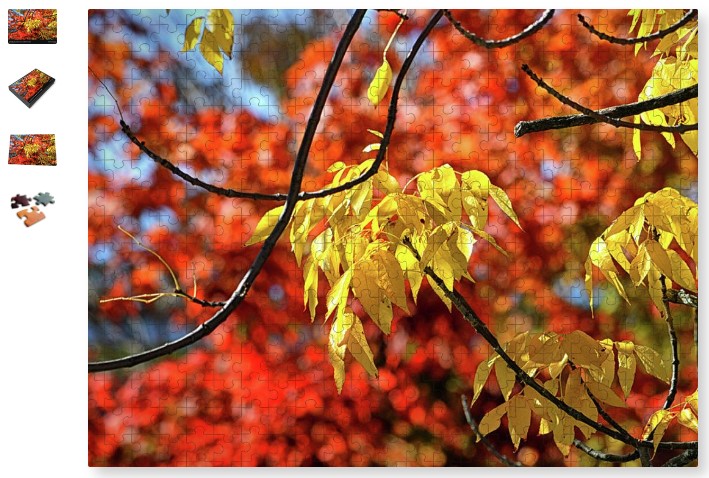
Where to buy Jigsaw Puzzles by Bill Swartwout Photography
Link to Leaf Peeping: Click Here
Link to Coursey Pond: Click Here
Link to Foliage in Bar Harbor: Click Here
Link to ALL of Bill’s Puzzles: Click Here
Click to learn more about the artist: Bill Swartwout.

